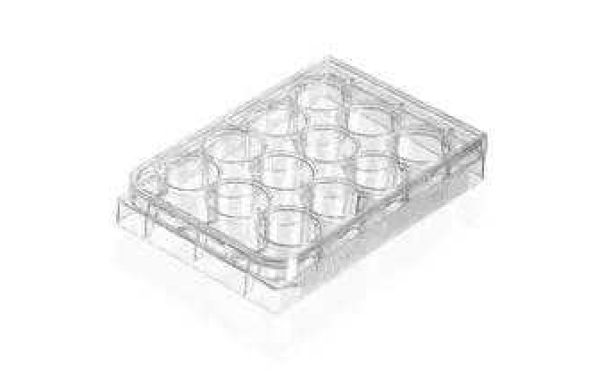There are several types of cell culture flasks available, each with specific features suited for different applications. Here's a breakdown of some key variations:
Vented vs. Non-Vented
- Vented Flasks: These flasks have a gas-permeable membrane cap that allows for gas exchange (oxygen in, carbon dioxide out) while maintaining sterility. They are ideal for most mammalian cell cultures that require a constant supply of oxygen for optimal growth.
- Non-Vented Flasks: These flasks have a solid cap and are suitable for anaerobic cell cultures (cells that don't require oxygen) or short-term cultures of aerobic cells.
Treated vs. Non-Treated
- Treated Flasks: The surface of these flasks is modified (often with a polymer coating like polystyrene) to enhance cell attachment and growth. This is particularly important for anchorage-dependent cells that require a solid surface to adhere and spread.
- Non-Treated Flasks: These flasks have a non-modified surface and are suitable for cells that can grow in suspension (not requiring attachment) or for specific experiments where minimal cell-surface interaction is desired.
- Material:Flasks are typically made of polystyrene or polycarbonate, both biocompatible materials for cell culture. Polystyrene is the most common and cost-effective option, while polycarbonate offers superior clarity and might be better suited for some microscopy applications.
Size
- Flasks come in various sizes, ranging from small T-flasks (25 cm²) for initial cell cultures to large T-flasks (175 cm²) or even larger multi-layer options for large-scale cell expansion. The appropriate size depends on the number of cells needed and the growth characteristics of the specific cell line.
I guess you are also interested in:What Are the Differences and Similarities Between Cell Culture Plates and Cell Culture Flasks?







